Report this entry
More from the same community-collection
Event at the Country Club, September 16, 2012
Board Member Becky Campuzano Salcido, Ruth Glanville Perez, Gaye ...
Attendees at mass celebrating bicentennial of Sisters of Loretto, El Paso, TX Sep 16, 2012
Attendees at mass celebrating bicentennial of Sisters of ...
Loretto Alumni at mass celebrating bicentennial of Sisters of Loretto Sep 16, 2012
Loretto Alumni at mass celebrating bicentennial of Sisters of ...
Attendees at mass celebrating bicentennial of Sisters of Loretto, El Paso, TX Sep 16, 2012
Loretto Alumni at mass celebrating bicentennial of Sisters of ...
Evelyn Salem, Alumnae, Loretto Academy Sep 16, 2012
Evelyn Salem, Alumnae, Loretto Academy Sep 16, 2012
Attendees at mass celebrating bicentennial of Sisters of Loretto, El Paso, TX Sep 16, 2012
Attendees at mass celebrating bicentennial of Sisters of ...
Attendees at mass celebrating bicentennial of Sisters of Loretto, El Paso, TX Sep 16, 2012
Attendees at mass celebrating bicentennial of Sisters of ...
Attendees at mass celebrating bicentennial of Sisters of Loretto, El Paso, TX Sep 16, 2012
Attendees at mass celebrating bicentennial of Sisters of ...
Attendees at mass celebrating bicentennial of Sisters of Loretto, El Paso, TX Sep 16, 2012
Attendees at mass celebrating bicentennial of Sisters of ...
Attendees at mass celebrating bicentennial of Sisters of Loretto, El Paso, TX Sep 16, 2012
Attendees at mass celebrating bicentennial of Sisters of ...
Attendees at mass celebrating bicentennial of Sisters of Loretto, El Paso, TX Sep 16, 2012
Attendees at mass celebrating bicentennial of Sisters of ...
Sisters of Loretto at Catholic Cemetery, El Paso, TX c. 2014
Sisters of Loretto at Catholic Cemetery, El Paso, TX c. 2014
Sister Buffy Boeson celebrates birthday in Denver(?) c. 1999
Sister Buffy Boeson celebrates birthday in Denver(?) c. 1999
Sisters Marie Clair, Francis Agnes Bechtold, Johanna Brian, Elizabeth, Father Schott, Pat, Sister Marie Patrice in 1997
Sisters Marie Clair, Francis Agnes Bechtold, Johanna Brian, ...
Sisters Virginia Ann Driscoll, Mary Elmo Ulibarri, Frances Agnes Bechtold, Lois Zeis
Sisters Virginia Ann Driscoll, Mary Elmo Ulibarri, Frances Agnes ...
Sisters Patricia Herron, Pat Joy, Elisa Rodriguez, Donna Day, S.L., August 20, 2010
Sisters Patricia Herron, Pat Joy, Elisa Rodriguez, Donna Day, ...


















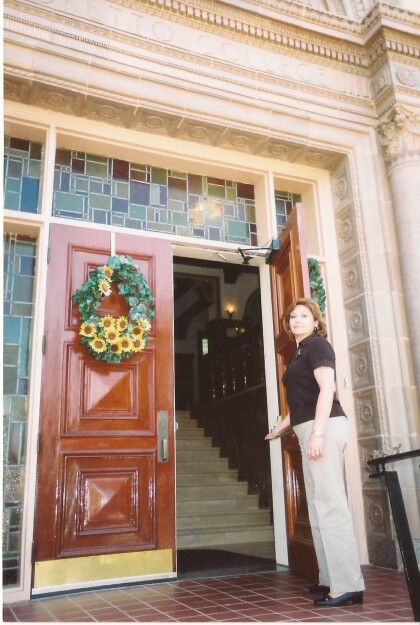
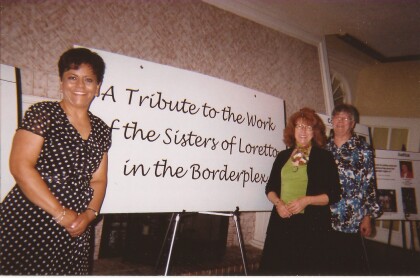
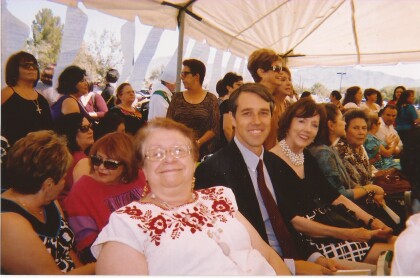
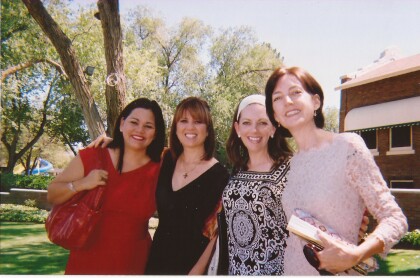
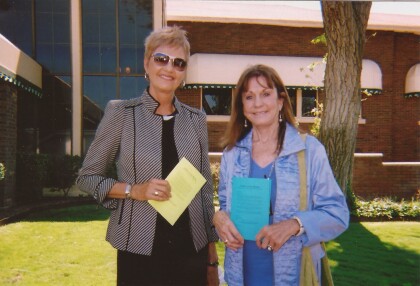
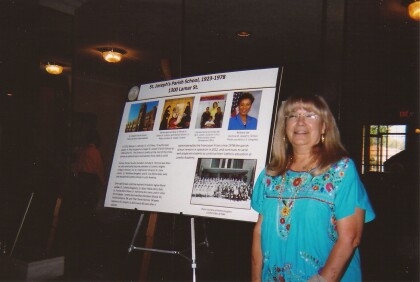
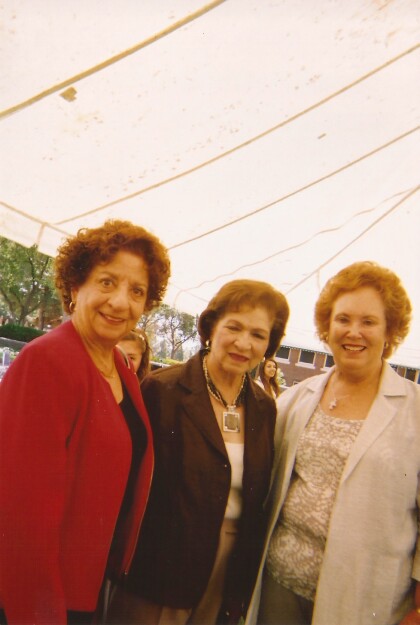



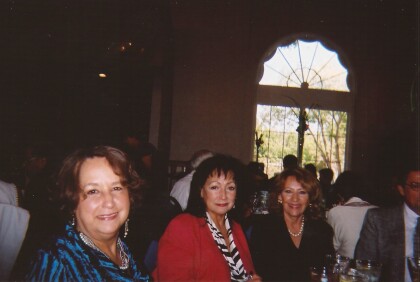

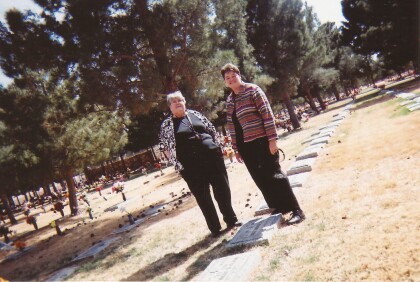

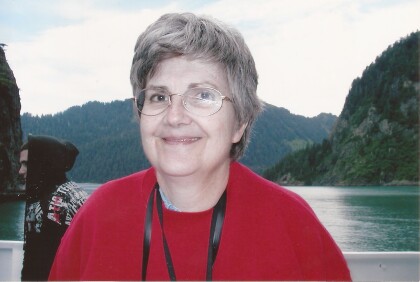
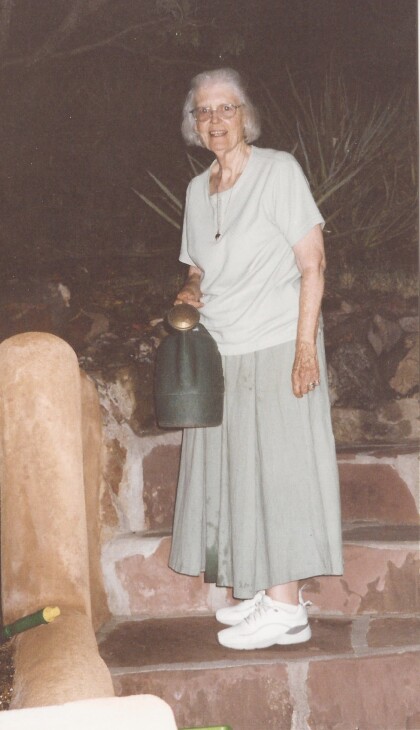
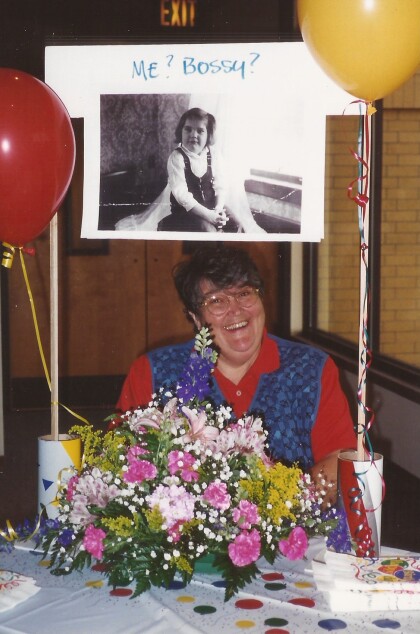





Comments
Add a comment